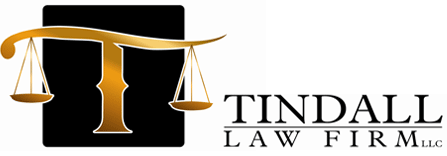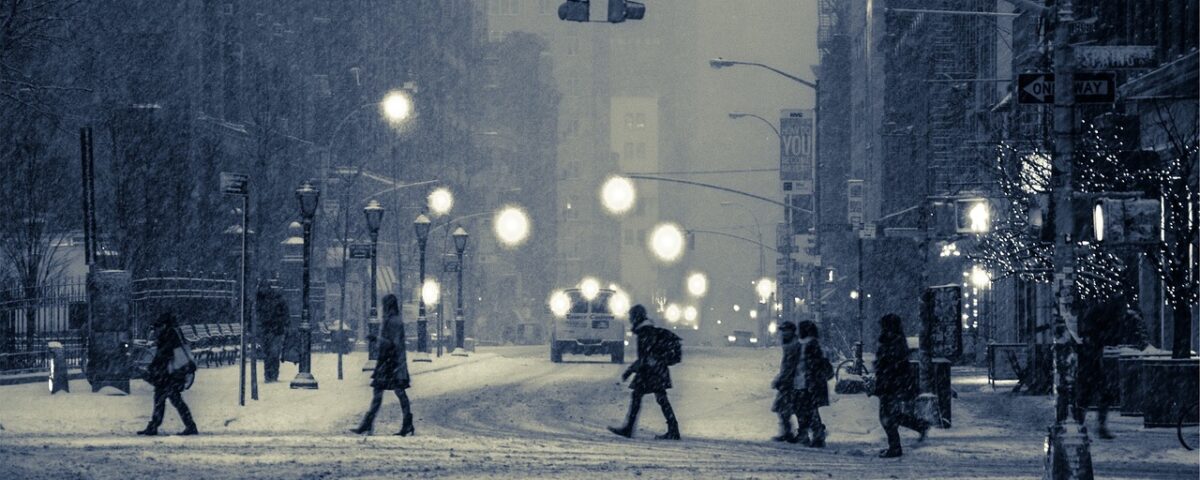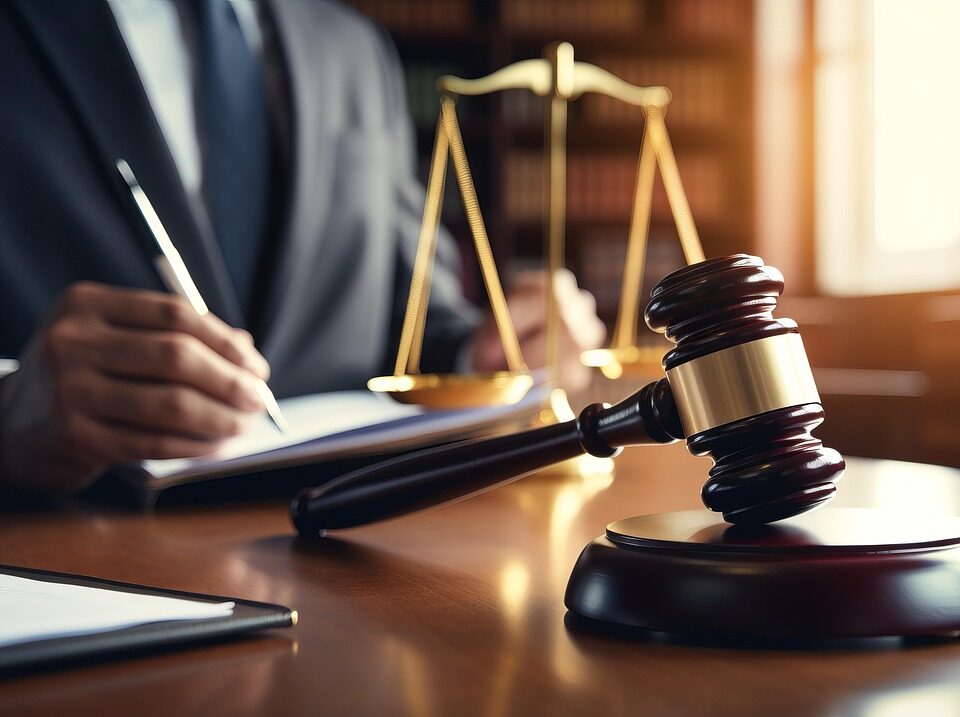Proving Negligence in Winter Slip and Fall Cases
A Tradition of Excellence
 Sampling of Successful Case Resolutions
Sampling of Successful Case Resolutions
 Read our answers to some frequently asked questions.
Read our answers to some frequently asked questions.
Statement
 View Our Mission Statement
View Our Mission Statement

Top 5 Mistakes to Avoid After a Workplace Accident in Connecticut
January 6, 2025
Why You Need a Personal Injury Attorney for Spinal Cord Injury Cases in Connecticut
April 9, 2025Winter months in Connecticut bring snow, ice, and freezing rain, which increase the risk of slip and fall accidents. These incidents can result in serious injuries, including fractures, head trauma, and back injuries. When such accidents occur on someone else’s property, the injured party may wonder if they can pursue a personal injury claim. At Tindall Law Firm, LLC, we specialize in helping clients navigate the legal complexities of slip and fall cases, particularly in proving negligence during winter conditions.
What Is Negligence?
Negligence is a legal concept that forms the basis of most personal injury claims. To establish negligence, the injured party must prove that the property owner or occupier failed to exercise reasonable care to ensure the premises were safe. In the context of slip and fall accidents, this typically involves demonstrating that the property owner knew or should have known about the hazardous condition and failed to address it in a timely manner; failed to do a proper inspection for any hazards; failed to warn of the hazard; and failed to barricade the hazard to avoid anyone becoming harmed by the hazard.
Elements of Proving Negligence in Slip and Fall Cases
To succeed in a slip and fall claim, you must prove four key elements:
- Duty of Care: Property owners have a duty to maintain their premises in a reasonably safe condition. For example, homeowners, business owners, and landlords must remove snow and ice from walkways and entryways to prevent accidents, within a reasonable time after the storm ends. They must also address melting snow that refreezes as ice in the days after a storm has already concluded.
- Breach of Duty: You must show that the property owner failed to uphold their duty of care. This could include neglecting to shovel snow, applying salt or sand to icy surfaces, or fixing leaking gutters that lead to icy patches, or failing to make sure that melting and refreezing ice was properly treated to make it non-slippery.
- Causation: The hazardous condition must be directly linked to your accident and injuries. For instance, slipping on untreated ice near a business’s entrance because the owner failed to address the hazard.
- Damages: You must demonstrate that the accident resulted in specific damages, such as medical bills, lost wages, or pain and suffering, and similar types of damages.
Winter-Specific Challenges in Proving Negligence
Winter weather poses unique challenges in slip and fall cases, as property owners are not expected to ensure absolute safety during or immediately after a snowstorm. However, they are required to take reasonable steps to reduce risks within a reasonable timeframe. Connecticut law often considers factors such as:
- Timing: Was the snow or ice present long enough for the property owner to address it? For example, snow that has been left un-shoveled for several hours could indicate negligence.
- Efforts Taken: Did the property owner take reasonable measures to mitigate the hazard, such as plowing, shoveling, or salting?
- Local Ordinances: Many municipalities in Connecticut have specific snow and ice removal laws, which can establish a property owner’s obligations.
- Reasonable and timely inspections: Did the Owner perform of their property ensure its property was safe by doing regular and thorough inspections of its property.
Evidence to Support Your Claim
Gathering strong evidence is crucial in proving negligence. Key pieces of evidence include:
- Photographs and Videos: Capture the accident scene, showing the hazardous condition and surrounding area.
- Witness Statements: Statements from individuals who saw the accident or can confirm the property’s condition.
- Weather Reports: Documentation of the weather conditions leading up to and during the incident can support your claim.
- Maintenance Records: These can demonstrate whether the property owner took appropriate measures to address winter hazards.
How Tindall Law Firm Can Help
At Firm, LLC we understand the physical, emotional, and financial toll that slip and fall injuries can have on your life. Our experienced attorneys are skilled in:
- Investigating the accident to uncover all relevant evidence
- Consulting with experts, such as meteorologists or safety professionals, to strengthen your case
- Negotiating with insurance companies to secure a fair settlement
- Representing you in court at a trial if that is required in a particular case
Protect Your Rights after a Slip and Fall Accident
If you’ve been injured in a slip and fall accident during the winter, don’t wait to seek legal assistance. Connecticut has a statute of limitations for personal injury claims, meaning you must file your case within a specific time frame. The sooner you act, the stronger your case will be.
Contact Tindall Law Firm today for a free consultation. Let us help you hold negligent property owners accountable and secure the compensation you deserve. Call 203-755-0018










